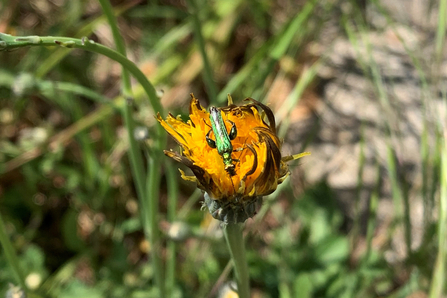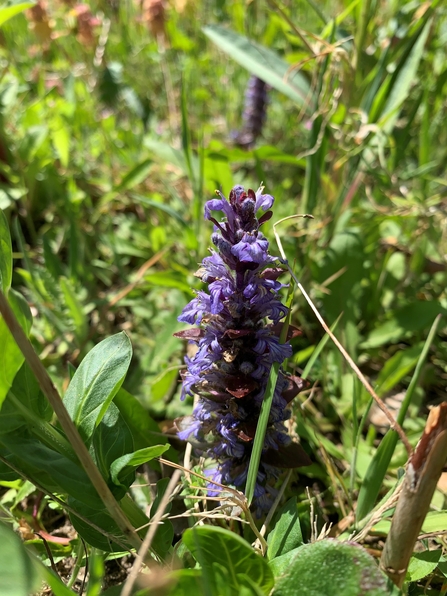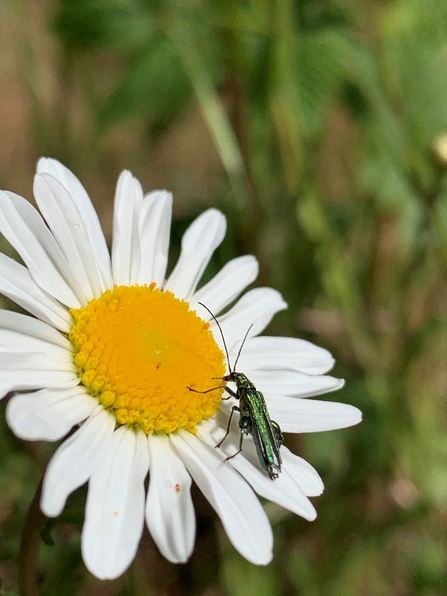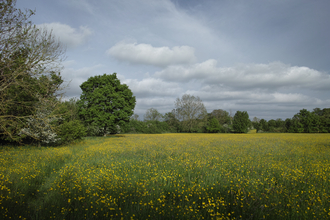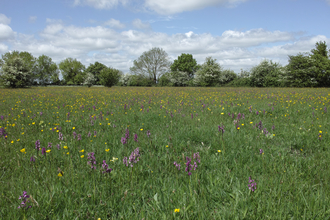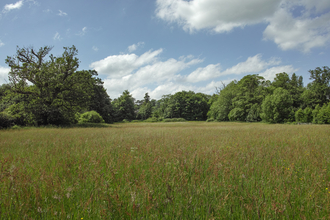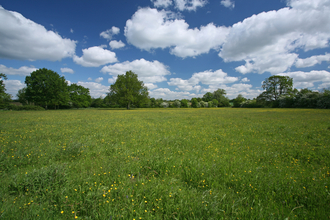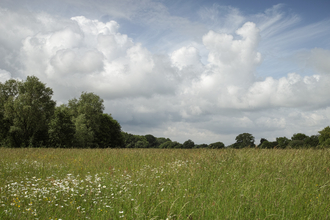Wilding Suffolk’s gardens and green spaces.
Are you wilding your lawn this year? If so, we’d love to see your Suffolk photos – what species have popped up? Any surprises? If you’re happy to share your photos and stories with us, please email them to comms@suffolkwildlifetrust.org. We’d love to use them on our website and in our member magazine, too.

